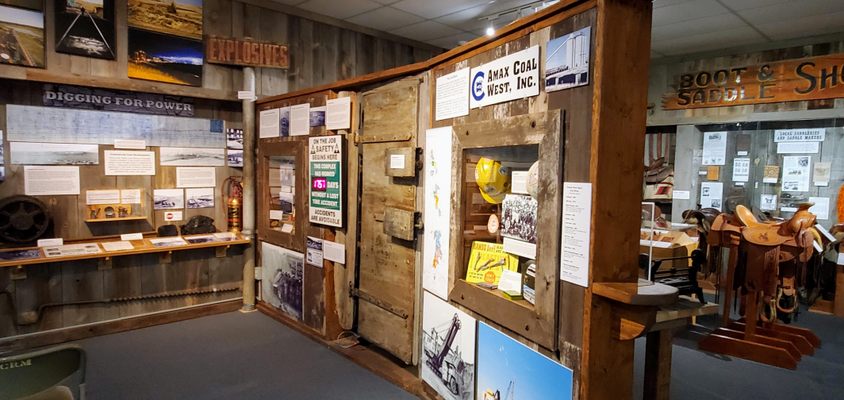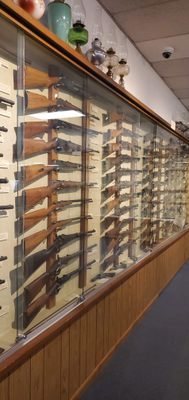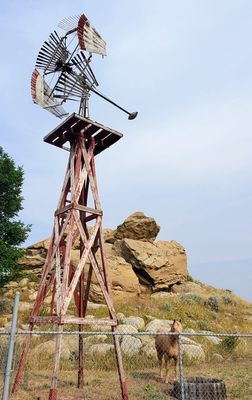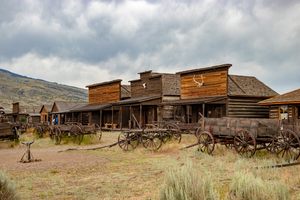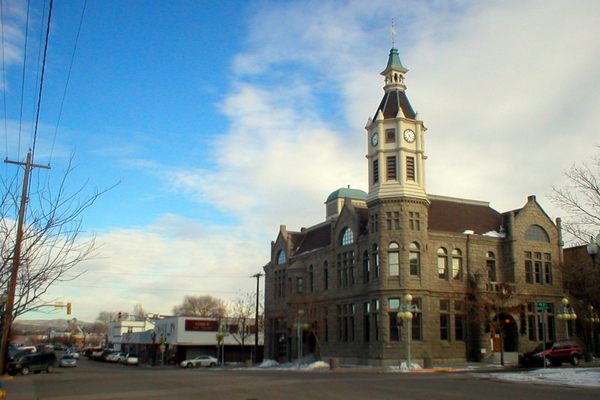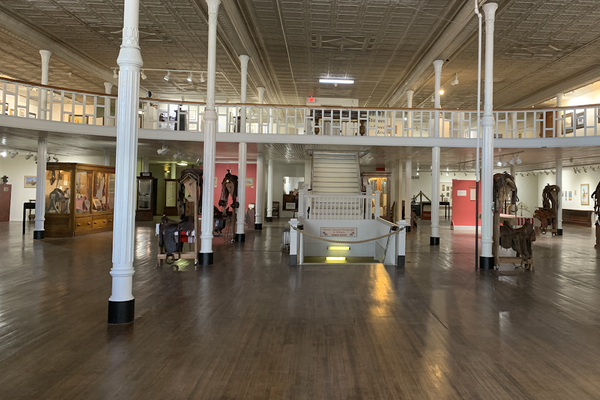About
When settlers first reached the Wyoming Territory, they would often use natural features as lines of demarcation. In what would one day become Campbell County, the first settlers used a rockpile to stake their claim on the land. This settlement became known as Rocky Pile, but when the Burlington & Missouri Railroad arrived in 1891, the town was renamed Gillette after one of their surveyors.
The rockpile continued to be a sedimentary symbol of the town’s fortunes, visible from Highway 16 as Gillette grew and became a mining mecca. Residents were torn between leveling the ground for its continued development and preserving it as part of the town’s legacy. Finally, in 1970, Ralph A. Kintz bought the land and donated it to Campbell County. Four years later, the Campbell County Rockpile Museum opened.
In addition to preserving the rockpile, the museum interprets the history of the Powder River Basin. It contains exhibits on paleontology and geology, as well as firearms, saddles, and spurs from the town’s ranching and cowboy days. Particular interest is paid to Gillette’s heritage of coal mining. At its peak, the Powder River basin provided more than 35 percent of the energy for the entire nation.
Related Tags
Know Before You Go
The Campbell County Rockpile Museum was free for many years, but has had an admission fee since 2021. The rockpile is outdoors and is free to view. Please check the website for details and hours.
Published
September 6, 2023



